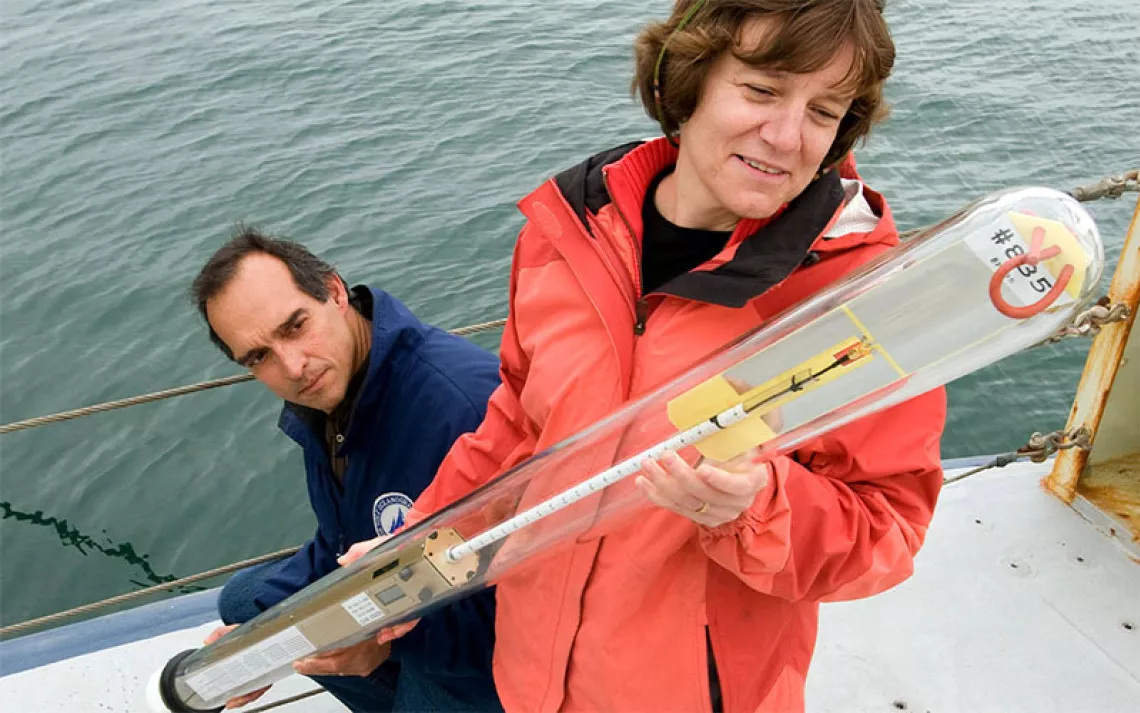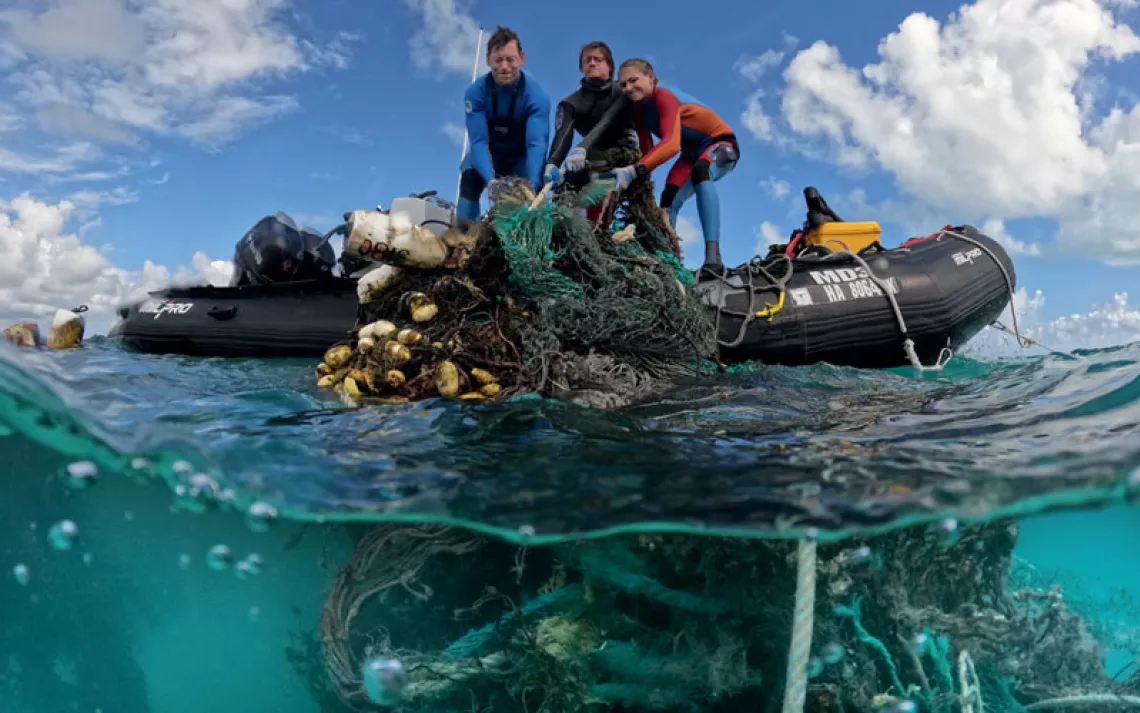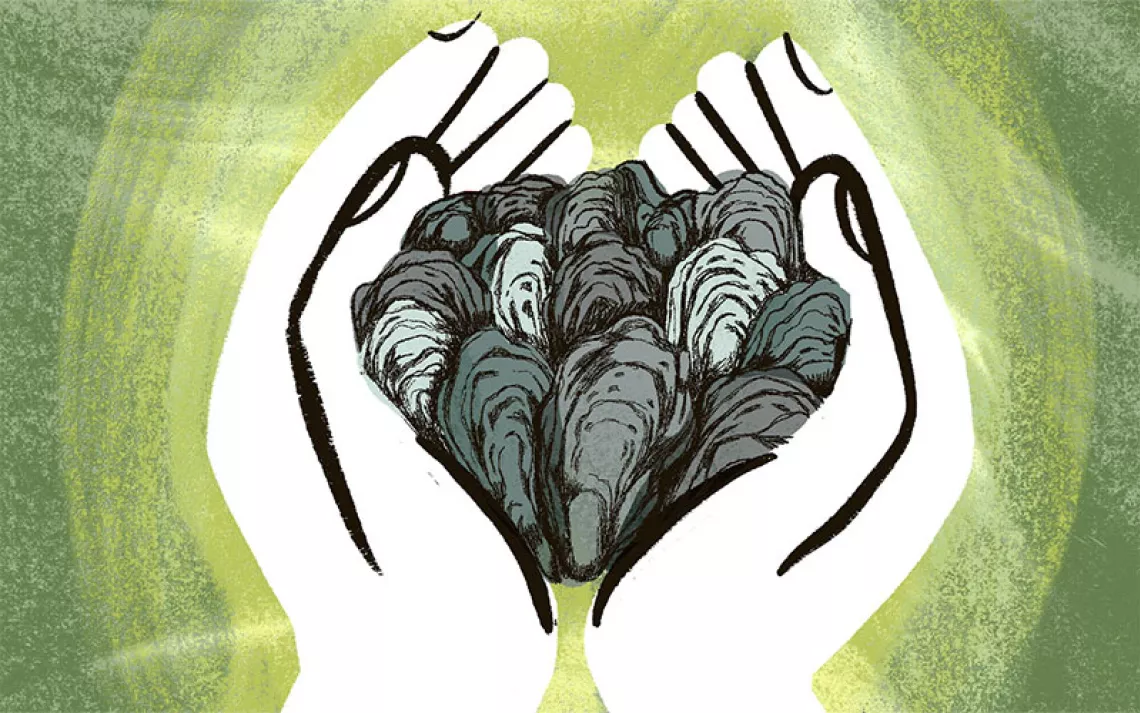What You Need to Know When Buying Jewelry for Your Valentine
How mining and export practices for diamonds and pearls affect the human and natural environment
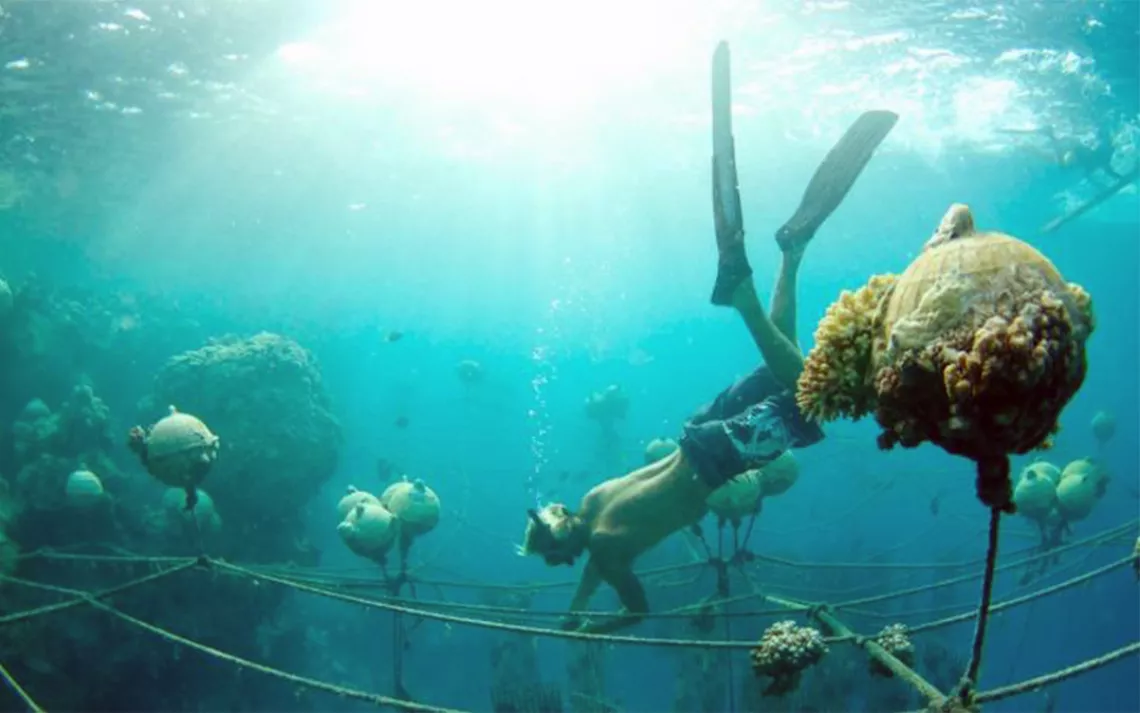
In Kamoka Lagoon, near Tahiti, pearl producers believe in farming wild oysters respectfully, sustainably, and from within their wild environment.
|Photos courtesy of Kamoka Pearls co-owner Josh Humbert
The jewelry industry is generally not known for sustainability. Neither are consumer habits: People often don’t ask where gems, shells, and metals come from or how the industry’s workers are treated. If you’re seeking a conscientious gift for your valentine, you may want to consider how those sparkling diamond rings or pearl earrings got from point A to point B.
Diamonds have been controversial since the late 1990s. Organizations such as Global Witness—an international NGO that studies the links between natural resource exploitation and human rights abuses—exposed the largely illegal global diamond trade and its role in funding civil wars in countries such as Angola, the Central African Republic, the Democratic Republic of Congo, Liberia, and Sierra Leone. The death and displacement of millions that resulted is where we got the term “blood diamonds.”
Concerned NGO efforts eventually led to UN Security Council resolutions to halt “conflict diamond” trade and to systems such as the Kimberley Process Certification Scheme, which requires participating diamond producers to comply with import and export control systems. Such systems aim to curtail the flow of conflict diamonds and stabilize and support development in fragile countries. Progress has been slow, however, in part because of noncompliance and bribery.
Lab-grown diamonds are a viable alternative, more so than they used to be. While historically less popular than natural diamonds, these diamonds' quality have been improved by technological advances. Lab-originated rocks were once known for their dull, yellow appearance, but these days they come in the pure, white image of mined diamonds and are about 30 percent cheaper, too. IIa Technologies, owner of the largest diamond-growing facility in the world, aims to produce flawless, conflict-free diamonds—ones that leave much smaller carbon footprints than their mined counterparts.
There’s also increasing awareness about “conflict pearls” after export standards for Tahitian pearls were relaxed in January. This means environmentally conscious pearl-loving consumers may have to be just as vigilant as diamond hounds—especially those who covet the Tahitian specialty that is the black pearl. Since 1998, the Tahitian government has required that each cultured pearl exported from the country have a 0.8-millimeter-thick nacre over 80 percent of the pearl. Nacre is an organic substance around the nucleus that creates pearls’ signature iridescent visual effects. Pearls with a thicker nacre boast better longevity than those with thin nacres around their nucleus. After a harvest, cleaned pearls were previously brought to government agencies to be screened for quality. X-ray machines were used to determine whether pearls met the regulations, and those that did not were destroyed immediately.
The Tahitian government’s intent in recently removing this mandatory certification? To favor the pearl industry’s producers. The change, however, could flood the market with reject-quality pearls that may or may not result from ecologically sustainable practices. And if consumers don’t know what to look for, they could buy pearls whose thin nacre may peel after a few months while also contributing to the destruction of the precious Tahitian environment.
It’s also a blow to conscientious pearl producers. Kamoka Pearl, a small, family-run Tahitian pearl farm founded on the French Polynesian atoll of Ahe—which sits just a few feet above sea level, about 300 miles northeast of Tahiti in the Tuamotu Archipelago—has embraced environmentally sustainable methods since its 1990 beginnings.
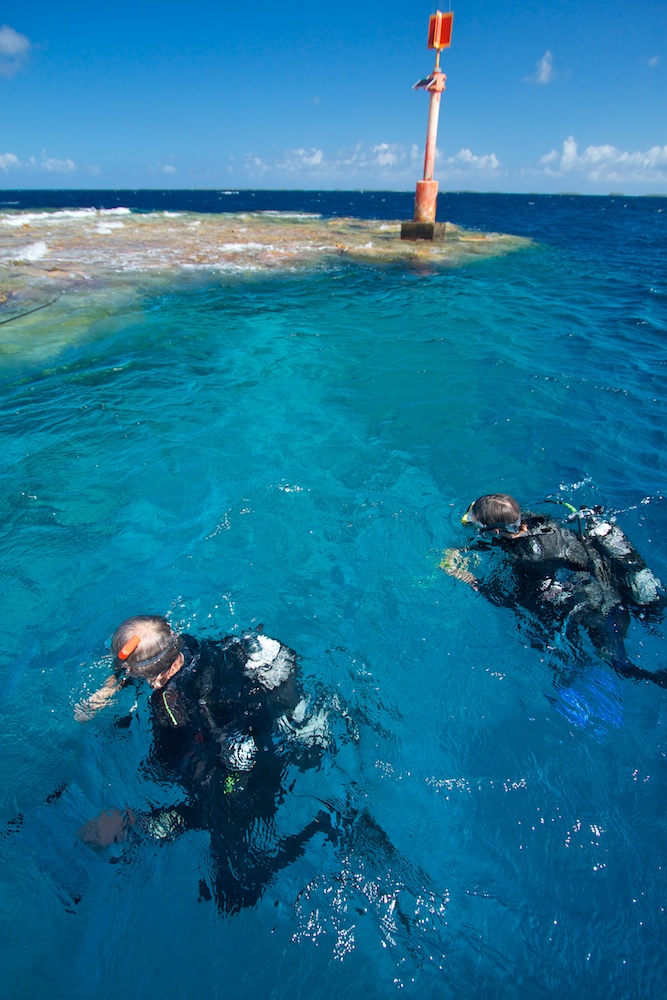 “Your feet never get dirty because it’s only sand and coral here,” says Kamoka co-owner Josh Humbert. “It seems like another planet.”
“Your feet never get dirty because it’s only sand and coral here,” says Kamoka co-owner Josh Humbert. “It seems like another planet.”
He’s referring to the Kamoka farm, where all electricity needs are met with solar and wind power. Freshwater is supplied by rainwater catchment systems, and septic systems are fully biodegradable. Virtually all the nuclei are made from mother-of-pearl (MOP), a natural byproduct of the farm’s oysters. Kamoka was the first company in Polynesia to use MOP nuclei, and the Tahitian Pearl Farming Board found in independent tests that Kamoka’s nuclei produced three times more grade-A pearls than any other nucleus type. Using this type of nucleus prevents further over-exploitation of North American freshwater mussels—the most commonly used nuclei in pearl farming.
Typically, farmers clean oysters by blasting them with high-pressure hoses, resulting in the breaking up of caustic anemones—which causes population explosions that ultimately upset the balance of the natural environment. However, Kamoka’s practice of placing oysters in carefully selected zones of the lagoon, where a variety of fish nibble on the oyster shells (as they do when oysters grow naturally on the sea floor), keep them clean, naturally. Recent tests show that the farm’s practices have a positive effect on reef fish abundance in Kamoka’s lagoon.
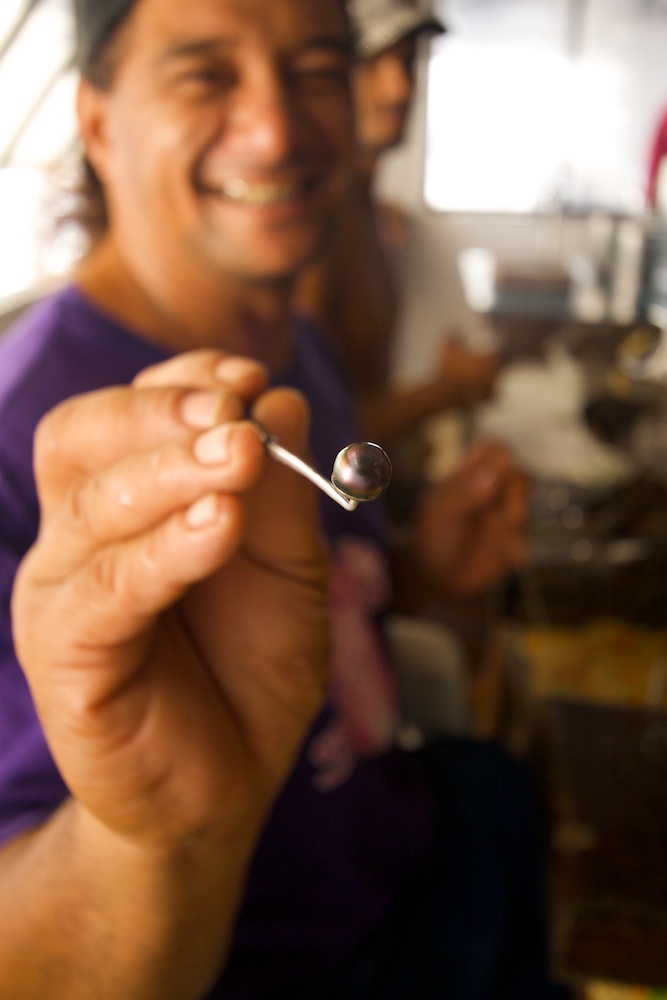 “We’re just doing what makes sense to us,” says Humbert. “We’ve been maintaining the smallest possible environmental footprint long before it was considered cool.”
“We’re just doing what makes sense to us,” says Humbert. “We’ve been maintaining the smallest possible environmental footprint long before it was considered cool.”
Ultimately, consumer attention to food, beauty products, and energy consumption is what drives sustainable production practices. It may seem that conversation has only just begun in the jewelry industry, but sustainable jewelry pioneers such as Humbert have long been leading the charge—hoping that one day the average consumer would notice. Indeed, when shopping for birthdays, anniversaries, and Valentine’s Day, it pays to make sure that those precious metals, gemstones, and pearls in the case truly represent quality and come from producers who see themselves as stewards of the natural environment.
 The Magazine of The Sierra Club
The Magazine of The Sierra Club
